Pabda fish is a freshwater fish species. It is very tasty and has high nutrition value. So it has a great demand and high value in the market.
Pabda fishes can be found mainly in the pond, swamp, paddy field etc. They are one type of catfish. They generally live in clean freshwater.
Pabda fishes are available in the Asian countries, especially found largely in Bangladesh, India, Pakistan, Nepal and some other south Asian countries. Classification, physical characteristics, feed habit and breeding of this fish are described below.
Pabda Fish Full Information
Classification of the Pabda fish is described below.
- Kingdom : Animalia
- Phylum : Chordata
- Class : Actinopterygii
- Order : Siluriformes
- Family : Siluridae
- Genus : Ompok
- Species : O. pabda
- Scientific Name : Ompok pabda
Characteristics
Pabda fish has an elongated body with a slightly flattened head and a pointed snout. It has a small mouth and its eyes are placed towards the top of its head. The body of Pabda fish is silver in color with a reddish-brown back and fins. It has a pair of long barbels on its chin that it uses to detect food.
Pabda fish can grow up to a maximum size of around 30 centimeters, but the average size is around 15-20 centimeters. Juvenile Pabda fish are usually less than 5 centimeters in length.
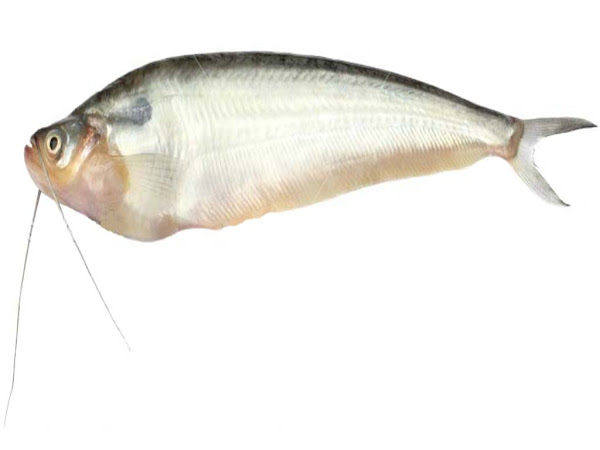
Uses
Pabda is a popular food fish in the region where it is available and is known for its mild flavor and soft, delicate flesh.

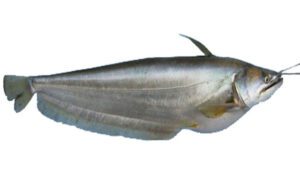

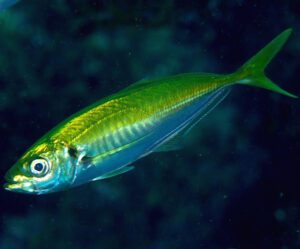
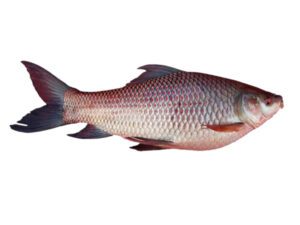
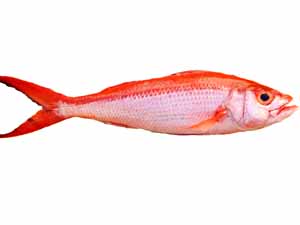
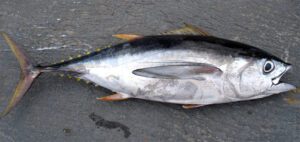
Hello, I am actually interested in Pabda Fish Farming, I already have studied an article on this this subject in your website. Please provide us more information about ‘breeding of Pabda Fish’.
-How many fingerlips averagely born from an female Pabda?